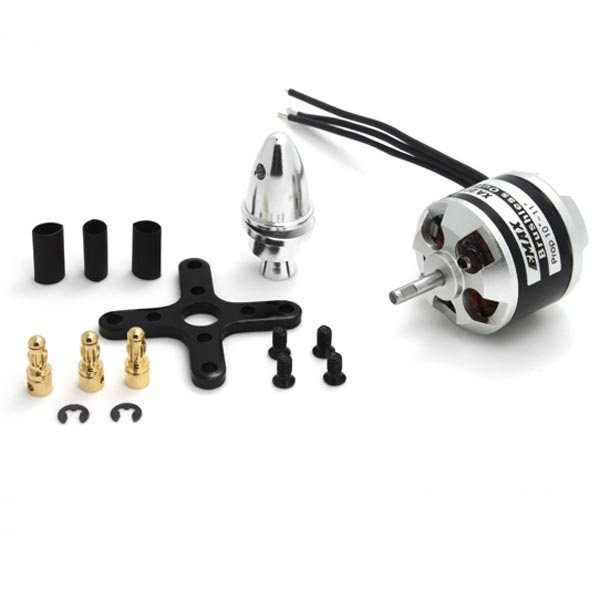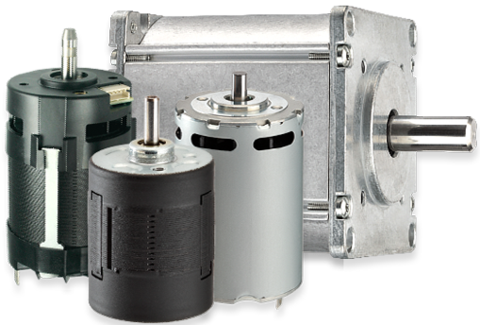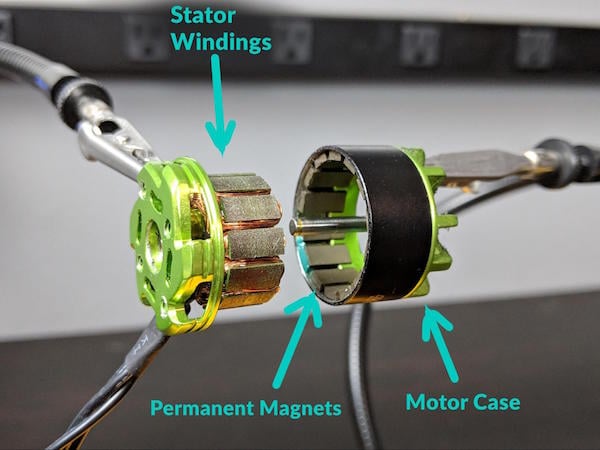DC Brushless Motors - AMETEK PDS

The 7-Minute Rule for What Are Brushless Motor Tools and Are They Right for You
Concurrent electrical motor powered by an inverter The motor from a 3. 5 in floppy disk drive. The coils, organized radially, are made from copper wire coated with blue insulation. The rotor (upper right) has actually been removed and turned upside-down. The grey ring inside its cup is a long-term magnet.
DC brushless ducted fan. The 2 coils on the printed circuit board interact with 6 round irreversible magnets in the fan assembly. A brushless DC electrical motor (BLDC motor or BL motor), likewise called a digitally commutated motor (ECM or EC motor) or simultaneous DC motor, is a simultaneous motor utilizing a direct present (DC) electric power supply.
The controller adjusts the stage and amplitude of the DC current pulses to manage the speed and torque of the motor. This control system is an alternative to the mechanical commutator (brushes) utilized in lots of conventional electrical motors. You Can Try This Source of a brushless motor system is typically comparable to a irreversible magnet concurrent motor (PMSM), however can likewise be a changed hesitation motor, or an induction (asynchronous) motor.


Brushless Motors (AC, DC, Servo & Direct Drive Torque) - Allied Motion
The advantages of a brushless motor over brushed motors are high power-to-weight ratio, high speed, nearly instant control of speed (rpm) and torque, high effectiveness, and low maintenance. Brushless motors discover applications in such places as computer system peripherals (hard disk drive, printers), hand-held power tools, and lorries ranging from model aircraft to automobiles.

The Difference Between Brushed and Brushless Motors - Tools In Action - Power Tool Reviews

SSS 2960 Brushless Motor - Offshore Electrics
The 4-Minute Rule for Brushless Electric Motor Design & Custom Manufacturing
Background [edit] Brushed DC motors were created in the 19th century and are still common. Brushless DC motors were made possible by the advancement of strong state electronic devices in the 1960s. An electrical motor establishes torque by keeping the electromagnetic fields of the rotor (the rotating part of the machine) and the stator (the fixed part of the maker) misaligned.
DC going through the wire winding produces the magnetic field, offering the power which runs the motor. The misalignment produces a torque that attempts to straighten the fields. As the rotor relocations, and the fields enter into alignment, it is required to move either the rotor's or stator's field to maintain the misalignment and continue to generate torque and motion.
